Aurora Mock-9
Experimental VTOL Testbeds
Concepts developed from original sketches and hybridized lift geometries (Aurora-series cues + F-35B-style VTOL). Models and specs are in active development and will be accompanied by validated CFD (ANSYS) and FEA (LS-DYNA) summaries. AI tools were used for layout/documentation only—not for geometry generation or analysis.
Methodology →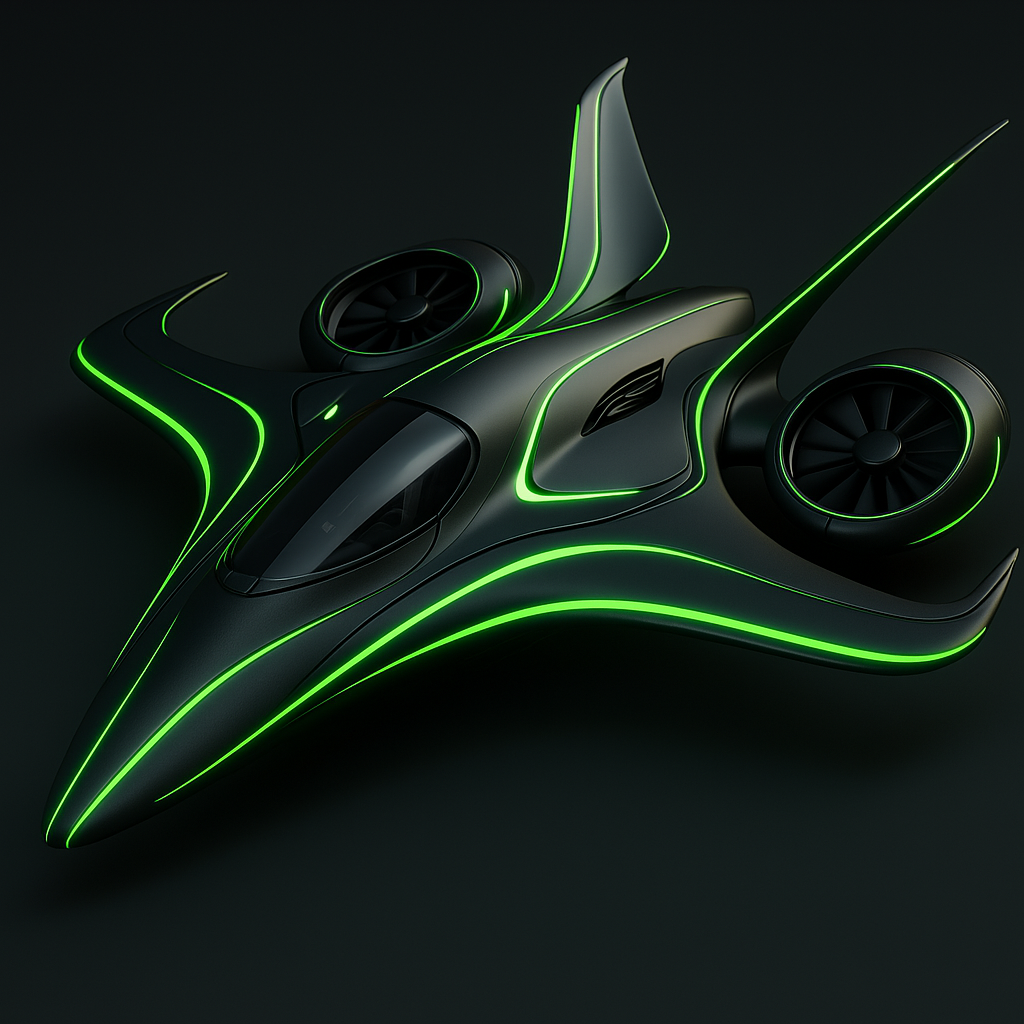
Tier: Tier 2
Systems: Tactical system suite under test conditions.

Tier: Tier 1
Systems: Transition thrust vector systems test.
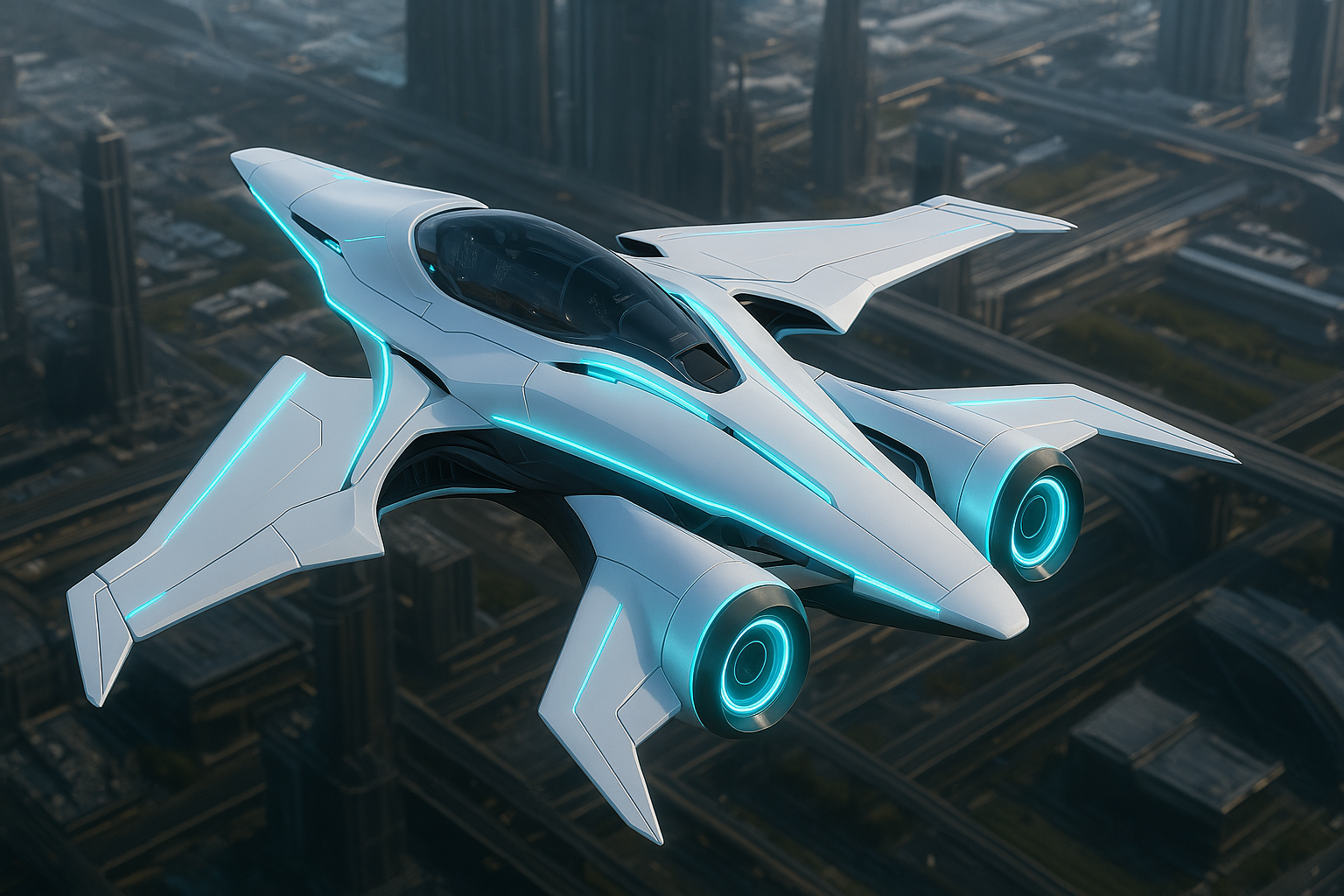
Tier: Tier 1
Systems: Silent insertion system.
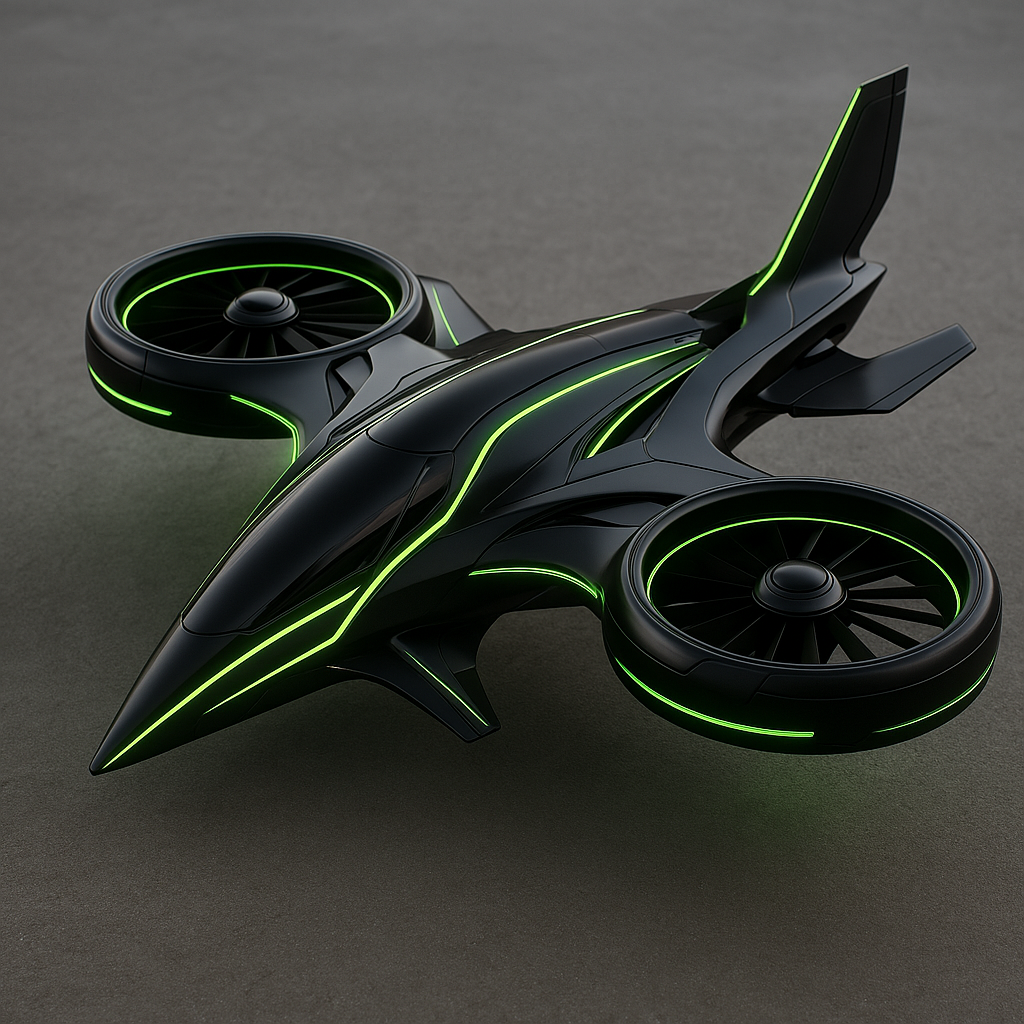
Tier: Tier 3
Systems: IR field simulation.

Tier: Tier 1
Systems: Airflow and frame analysis.
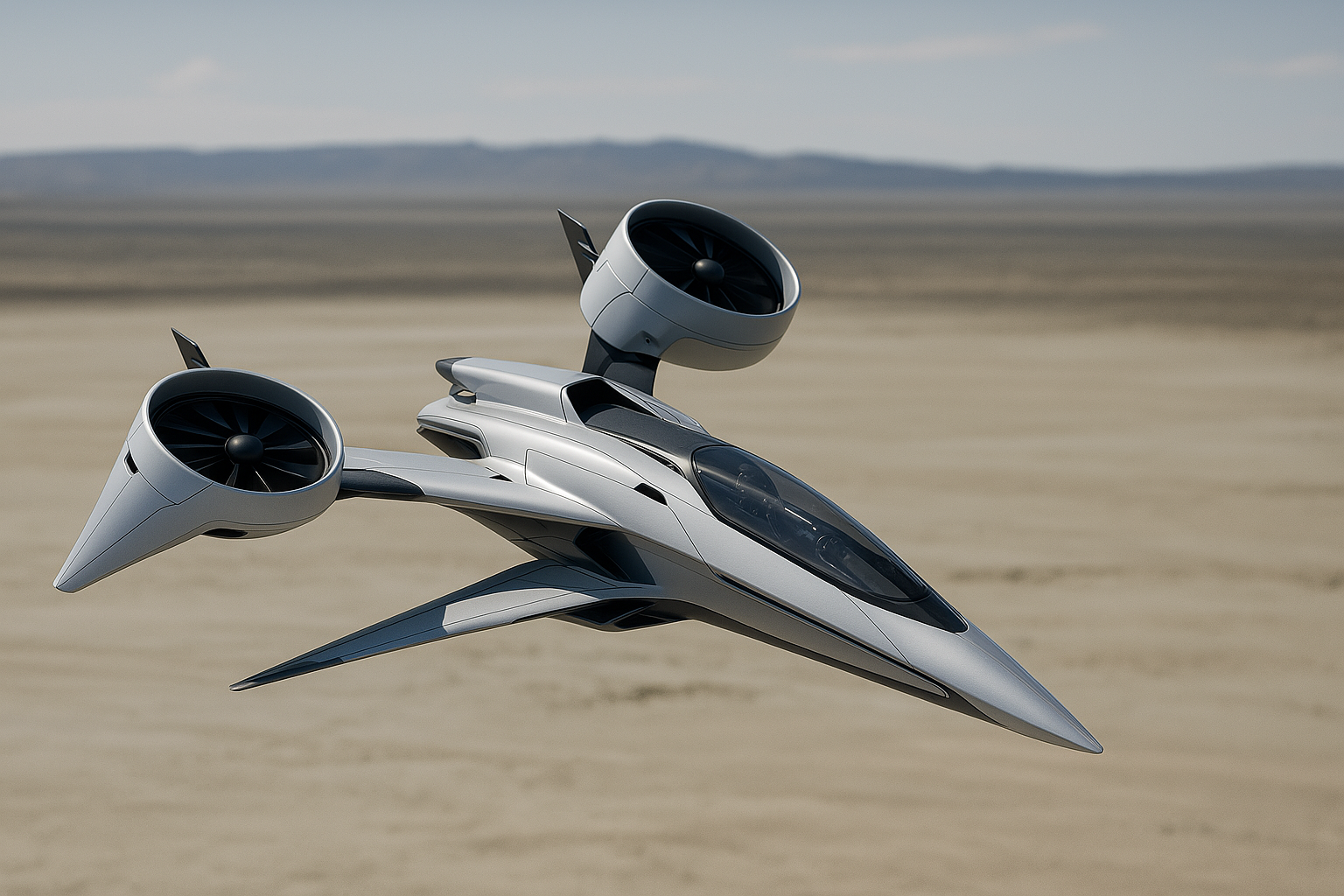
Tier: Tier 2
Systems: Confined space vertical ascent.
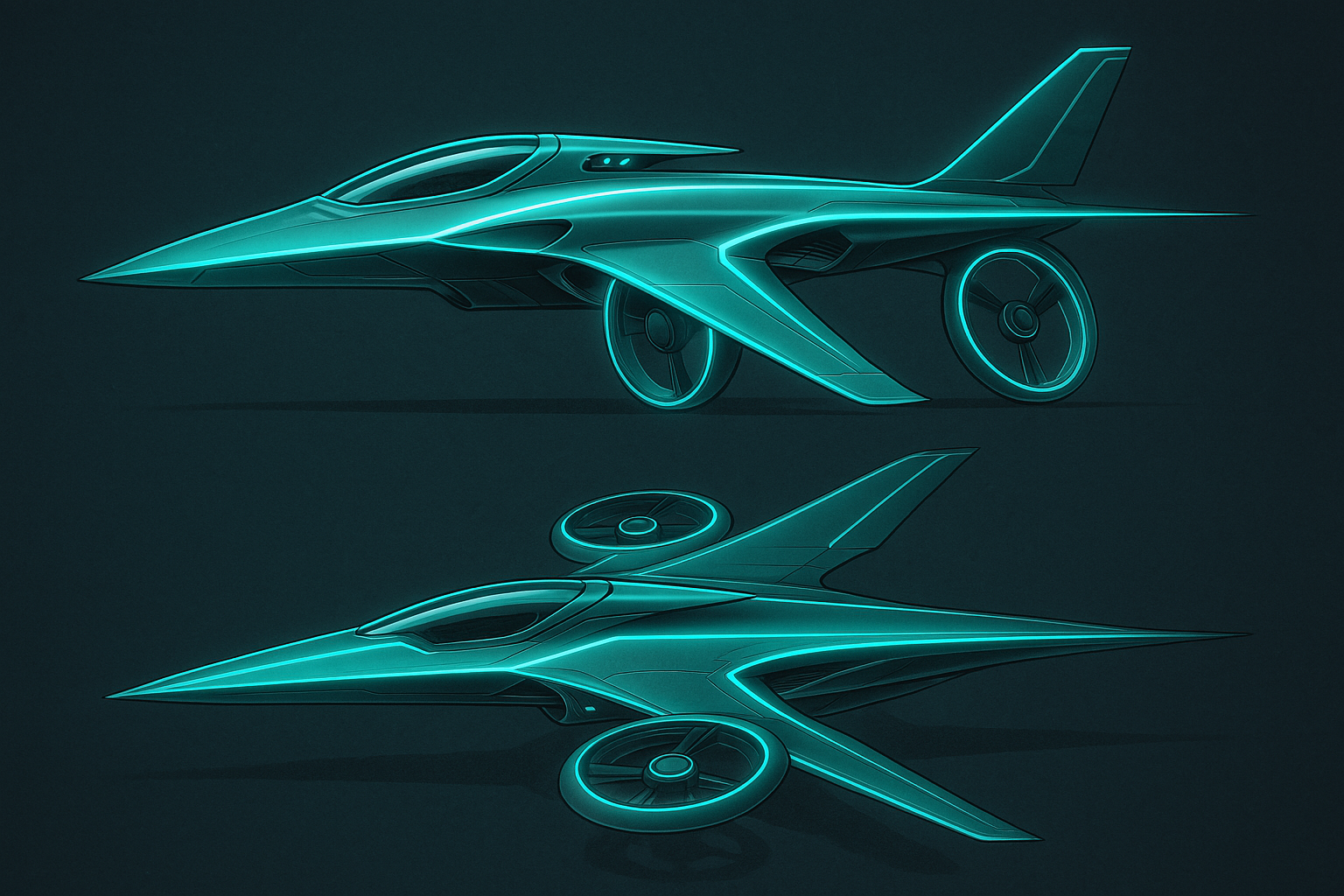
Tier: Tier 2
Systems: Machine learning flight correction.

Tier: Tier 2
Systems: Thermal resistance optimization.
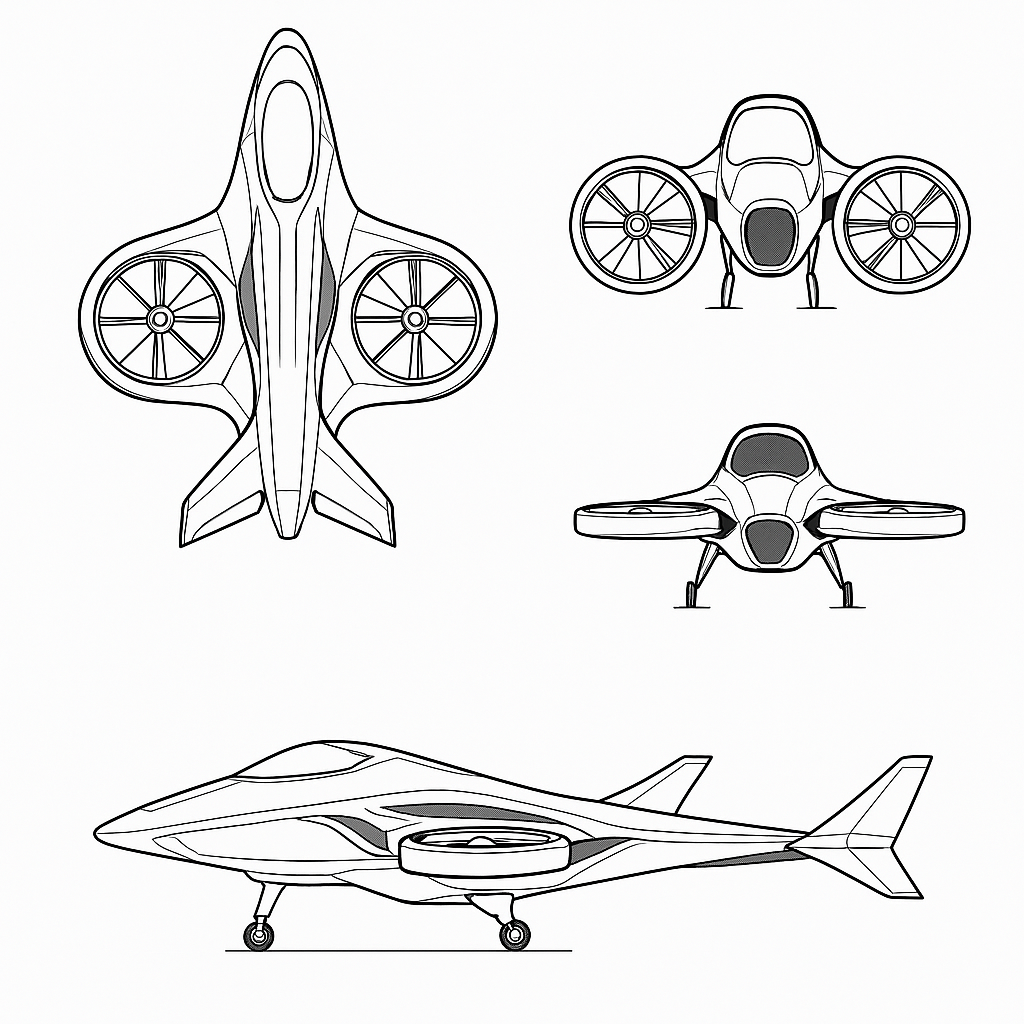
Tier: Tier 2
Systems: Heads-up display & energy/status feedback.

Tier: Tier 3
Systems: Wiring/balance isolation check.

Tier: Tier 2
Systems: Tactical system suite under test conditions.

Tier: Tier 1
Systems: Transition thrust vector systems test.

Tier: Tier 1
Systems: Silent insertion system.

Tier: Tier 3
Systems: IR field simulation.

Tier: Tier 1
Systems: Airflow and frame analysis.

Tier: Tier 2
Systems: Confined space vertical ascent.

Tier: Tier 2
Systems: Machine learning flight correction.

Tier: Tier 2
Systems: Thermal resistance optimization.

Tier: Tier 2
Systems: Heads-up display & energy/status feedback.

Tier: Tier 3
Systems: Wiring and balance isolation check.
Aurora Mock-9 Loadout Grid

• Quick takeoff/landing in urban zones.
• Dual-duct lift for stability under wind.
• Gyro stabilization for tight navigation.
• Short endurance optimized for recon.

• Silent thrust-vector transition for stealth.
• Low-noise propulsion for hover trials.
• Mid-range capability for covert missions.
• Optimized for tactical insertions.

• Stealth optimized for low altitude ops.
• Hoverlock propulsion minimizes noise.
• Ideal for covert deployment close to target.

• Infrared sensors for night navigation.
• IR beacon tracking for precision flight.
• Built for urban/forest night operations.
• 160 m IR range.

• Showcases internal airflow and frame.
• Demonstrates aerodynamic pathways.
• Built for educational/testbed analysis.

• High thrust optimized for vertical boost.
• Dual-wing design for stability.
• Handles narrow takeoff zones.

• Machine learning corrects drift/turbulence.
• Improves stability under harsh air.
• Optimized for long-flight reliability.

• Tested under desert high heat.
• Thermal resistance optimized.
• Endurance under extreme climate.

• Heads-up display interface.
• Energy + system status feedback.
• Testbed for cockpit UI concepts.

• Maps subsystem power distribution.
• Ensures redundancy + balance.
• Critical wiring optimization.
3D Concept Models & Simulation Data
Immersive 3D models of the VTOL concepts are being finalized for web preview, alongside validated simulation datasets.
The release will include CFD (ANSYS) flow results and FEA (LS-DYNA) structural responses, with concise data specifications and comparison plots.
Status: preparing geometry layers, meshing notes, solver settings, and post-processing pipelines for publication.
Coming soon: interactive 3D preview with data overlays (rotation, section cuts, animation timelines).